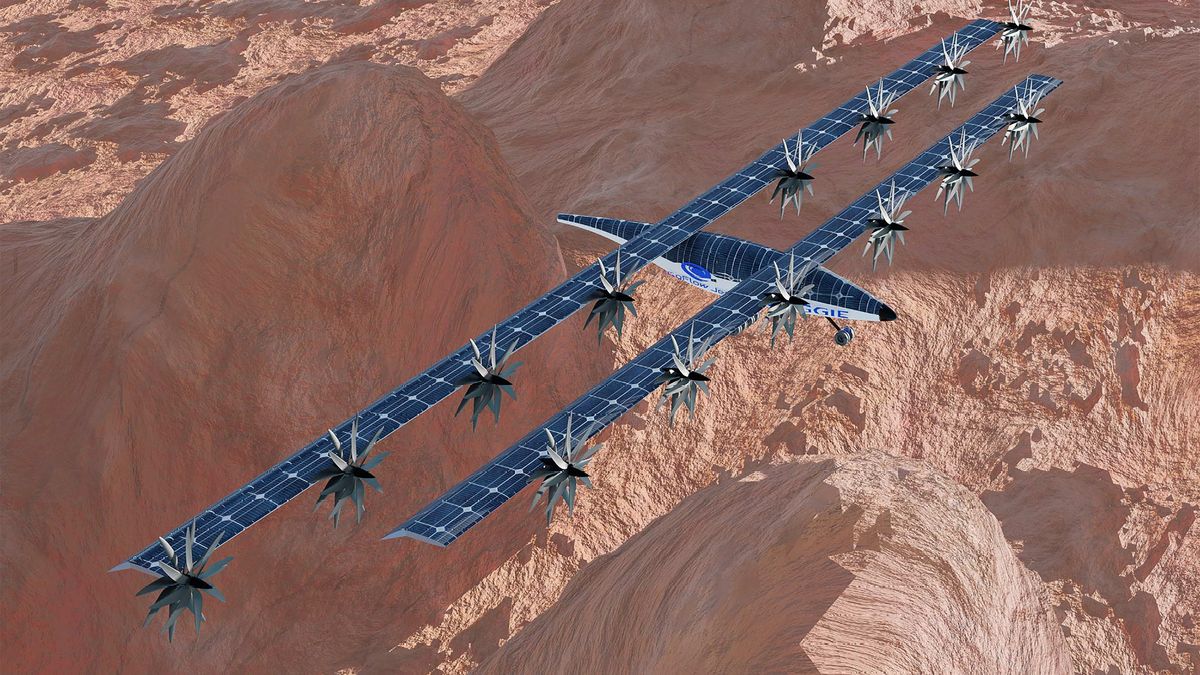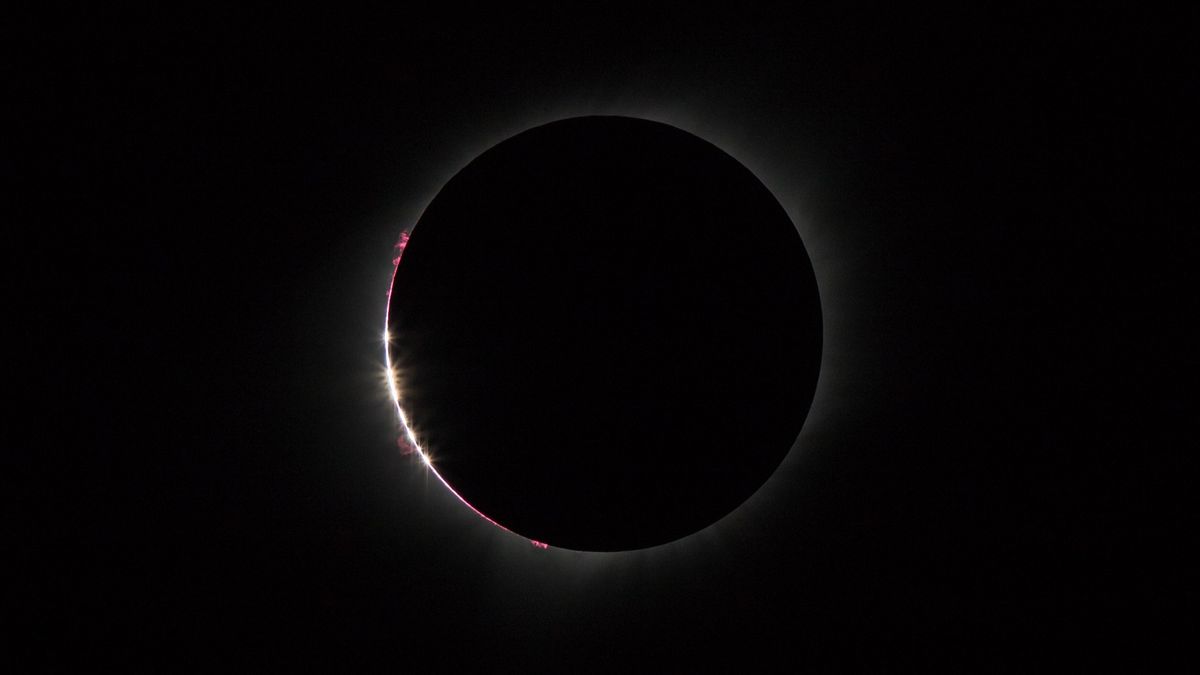MAGGIE: The Future of Mars Exploration
Methane detection on Mars has long been a challenge for scientists, but a new solution might be on the horizon. An innovative airplane concept known as MAGGIE is set to embark on a nine-month study funded by NASA to assess its potential for aerial exploration of the Red Planet. While MAGGIE may not physically travel to Mars anytime soon, its development addresses a critical need for enhanced airborne capabilities in Martian exploration.
NASA’s breakthrough Ingenuity helicopter, which successfully completed 72 flights after its deployment alongside the Perseverance rover in February 2021, demonstrated the viability of aerial exploration on Mars. Despite encountering a setback with a hard landing in January 2024, the potential for further aerial missions on Mars remains considerable.
Named “Mars Aerial and Ground Intelligent Explorer,” MAGGIE is designed to operate for a Martian year, offering a unique vantage point by flying 3,300 feet above the surface. One of its primary objectives is to detect methane, a significant biosignature gas that could indicate the presence of life. Despite sporadic detections by spacecraft and telescopes over the years, scientists have struggled to consistently identify methane in the Martian atmosphere.
The Hunt for Methane
Methane’s intermittent presence on Mars has been a source of intrigue for researchers. Although NASA’s Curiosity rover has intermittently detected methane levels since 2012, ranging from less than 0.5 parts per billion to occasional spikes of up to 20 ppb, the origin and persistence of the gas remain elusive. This enigma underscores the importance of innovative technologies like MAGGIE in advancing our understanding of Mars.
MAGGIE’s operational capabilities are impressive, with the capacity to remain aloft for 111 miles on a single charge from its solar panels. Equipped with high-resolution instruments, the aircraft aims to detect trace amounts of methane and other transient phenomena such as liquid water on Mars. Moreover, MAGGIE’s flexibility allows for targeted sampling through controlled landings in desired locations.
Pioneering Technology and Advancements
The patented technology behind MAGGIE leverages air compressors to sustain its flight. By strategically moving small amounts of atmosphere to optimize lift and reduce drag, MAGGIE can navigate the harsh conditions of Mars’ thin atmosphere with precision. This engineering feat enables the aircraft to adapt to varying temperatures and pressures, ensuring operational efficiency across different seasons and latitudes on Mars.
Before MAGGIE can embark on its Martian mission, the NIAC phase 1 study aims to validate the aircraft’s feasibility in Martian conditions. Collaborating with NASA’s Jet Propulsion Laboratory, the study will assess the technical, engineering, and scientific requirements for MAGGIE’s successful deployment on Mars.
Looking Towards the Future
Should the initial study yield positive results, MAGGIE could progress to the phase 2 of the NIAC program for further refinement and scientific exploration. This phase holds the promise of conducting diverse investigations, including the study of Mars’ magnetic field and high-definition imaging of surface features. The culmination of these efforts could pave the way for a new era of Martian exploration through aerial missions.
Driven by over two decades of research and innovation, Gecheng Zha, the chief architect of MAGGIE, envisions a future where aerial exploration becomes a standard practice on Mars. With a track record of securing grants for cutting-edge aerospace technologies, Zha’s commitment to advancing Martian exploration is unwavering.
While challenges persist, such as securing funding for NASA’s Mars Sample Return program, the prospect of deploying helicopters to retrieve caches from the Martian surface in the 2030s signals a promising future for extraterrestrial exploration. As the realm of Martian exploration continues to evolve, MAGGIE stands at the forefront of pioneering advancements that could reshape our understanding of the Red Planet.
Image/Photo credit: source url





